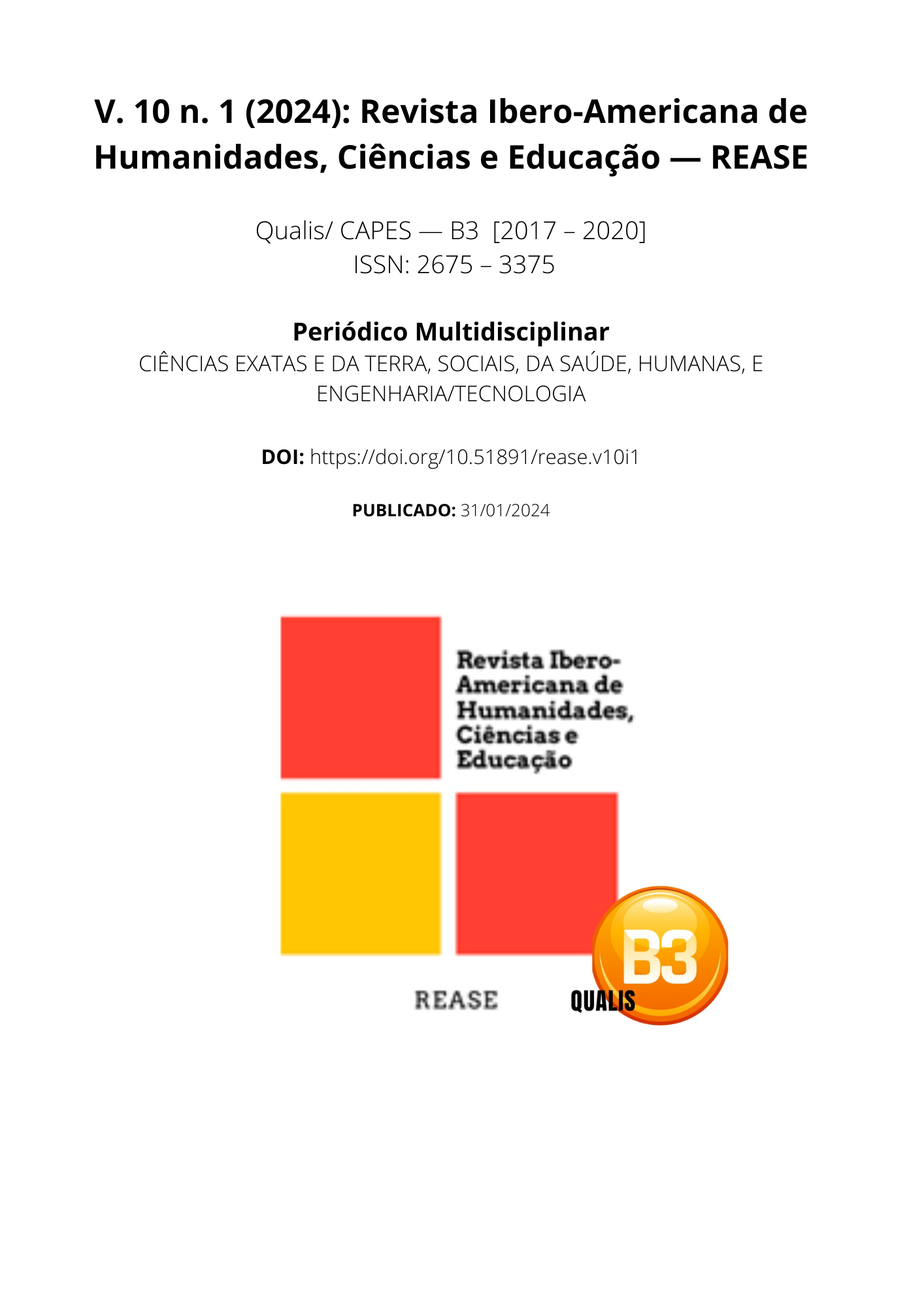BRUXISM IN YOUNG UNIVERSITY STUDENTS AND ITS ASSOCIATED FACTORS
DOI:
https://doi.org/10.51891/rease.v10i1.12909Keywords:
Bruxism. Stress. Psychological. Temporomandibular Joint Disorders.Abstract
INTRODUCTION: Bruxism is a psychophysiological disorder that can occur during the day and/or night, in a form of clenching and grinding of the teeth. It can cause health problems such as dental sensitivity, headaches, facial myalgia, ear pain, shoulder tightness/rigidity, limitation of mouth opening, sleep interruption, excessive tooth mobility, gingival retraction, Temporomandibular Joint Dysfunction, wear and breakage of teeth. OBJECTIVE: To establish the prevalence of bruxism in students aged between 21 and 41 years, of both sexes, and to determine the associated factors through a literature review. MATERIALS AND METHODS: For realization the databases were used: Scielo, PubMed, Medline and VHL (Virtual Health Library), taking as a time frame the years 2019 to 2023, as the following descriptors: Bruxism, Psychological Stress, Temporomandibular Joint Disorders. The search resulted in 618 works, of these, 355 were excluded for not meeting the time frame, 121 discarded for escaping the central theme, of the remaining 142, 85 were incomplete texts, 42 did not have access released, remaining 15 , these were read carefully, taking into account the review. FINAL CONSIDERATIONS: It was considered that young university students are more likely to develop bruxism, taking into account the most prevalent etiological factors, the study pointed out that the most prevalent factors for the development of bruxism were stress and anxiety. The proportion of female participants with bruxism was higher than the proportion of male participants, and the differences were statistically significant, (64.63%) for women and (35.36%) for men. The most described associated factors were stress, anxiety, alcohol consumption, tobacco and specific medications.
Downloads
Downloads
Published
How to Cite
Issue
Section
Categories
License
Atribuição CC BY

